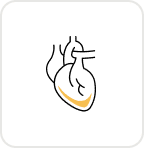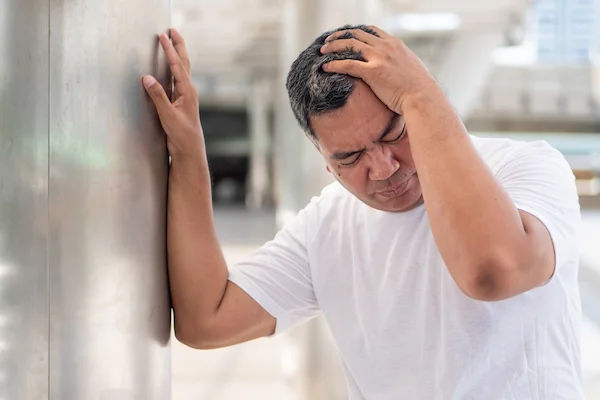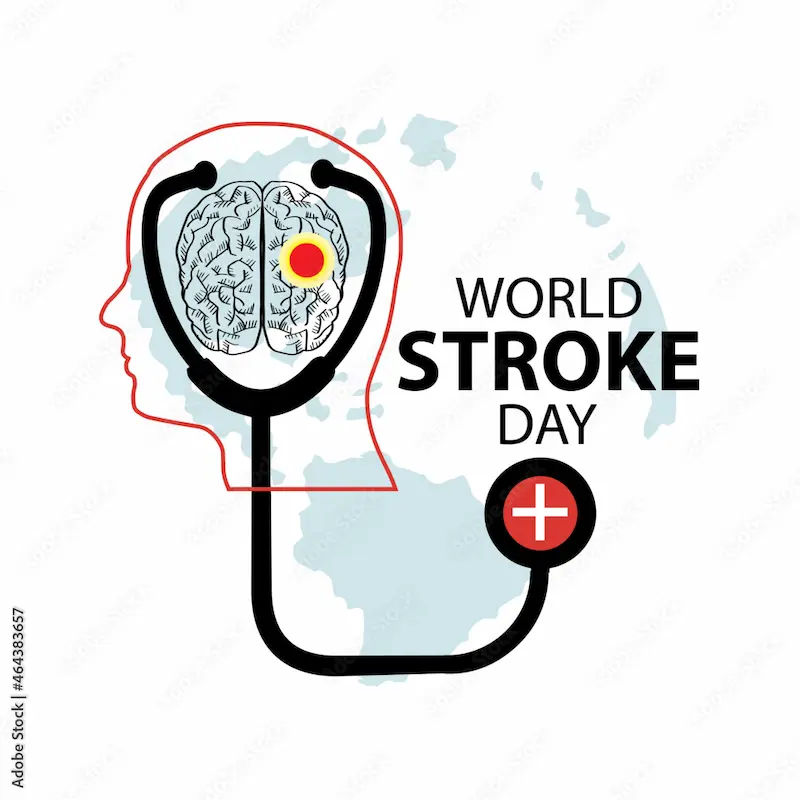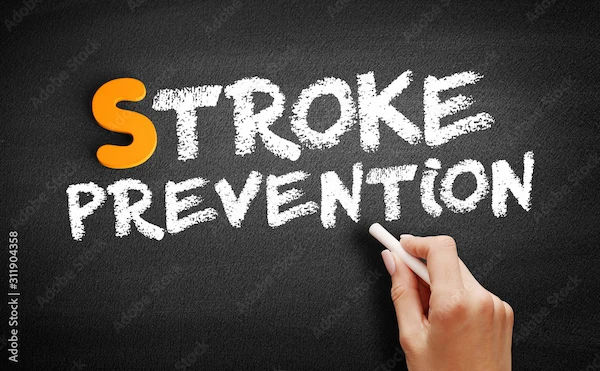Stroke: Signs, Risks, and Prevention
Learn the key signs of stroke, understand major risk factors, and explore effective prevention tips to protect your brain and overall health.

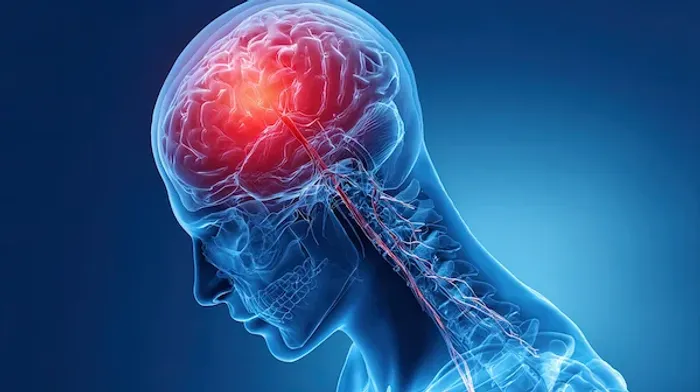
Introduction
A stroke strikes like a lightning bolt sudden, unexpected, and life-altering, making it a leading cause of disability and the fifth leading cause of death. But here's the most crucial fact: stroke is often preventable and treatable. Your ability to recognise the warning signs and act quickly can mean the difference between a full recovery and permanent disability, or even life and death. This comprehensive guide demystifies stroke, breaking down everything you need to know, from the subtle early warnings and major risk factors to the latest emergency treatments and powerful prevention strategies. Understanding what a stroke is, how it manifests, and what you can do to shield yourself is your first and most powerful line of defense.
What is a Stroke? A "Brain Attack" Explained
Imagine your brain as the command center of your body, reliant on a constant, rich supply of oxygen and nutrients delivered through a network of blood vessels. A stroke is essentially a "brain attack" that disrupts this critical blood supply. When blood flow to a part of the brain is cut off, brain cells begin to die within minutes because they are deprived of oxygen. The functions controlled by that area of the brain, such as speech, movement, and memory, are consequently impaired or lost. The severity of a stroke's effects depends on the location of the blockage or bleed and how much brain tissue is affected.
The Two Main Types of Stroke
Not all strokes are the same. Understanding the type is crucial for determining the right treatment.
Ischaemic Stroke: The Blockage
Accounting for about 87% of all strokes, an ischaemic stroke occurs when a blood clot blocks or narrows an artery leading to the brain. This is often due to atherosclerosis, a condition where fatty deposits (plaque) build up in the arteries. The clot can form in the artery itself (thrombotic stroke) or travel from elsewhere in the body, like the heart, and lodge in a brain artery (embolic stroke).
Haemorrhagic Stroke: The Bleed
A haemorrhagic stroke is less common but more deadly. It happens when a weakened blood vessel in the brain ruptures and bleeds into the surrounding tissue. The accumulated blood puts pressure on brain cells, damaging them. The two main types are intracerebral haemorrhage (within the brain) and subarachnoid haemorrhage (on the brain's surface). Uncontrolled high blood pressure is a primary cause.
The Warning Shot: Transient Ischaemic Attack (TIA)
Often called a "mini-stroke," a TIA is a temporary blockage that causes stroke-like symptoms but resolves within minutes to hours, leaving no permanent damage. However, a TIA is a major red flag; it's a strong warning that a full-blown stroke may be imminent. Ignoring a TIA is a critical mistake. About 1 in 3 people who have a TIA will later have a stroke, with almost half occurring within the first 48 hours. If you experience early signs of a mini-stroke, you must seek immediate medical attention to identify the underlying cause and prevent a major event.
Consult a Neurologist for the best advice
Act F.A.S.T.: The Critical Signs of a Stroke
Time lost is brain lost. The American Stroke Association's F.A.S.T. acronym is an easy-to-remember tool to identify a stroke and take action.
F - Face Drooping: Does one side of the face droop or feel numb? Ask the person to smile. Is the smile uneven?
A - Arm Weakness: Is one arm weak or numb? Ask the person to raise both arms. Does one arm drift downward?
S - Speech Difficulty: Is speech slurred, strange, or hard to understand? Ask the person to repeat a simple sentence.
T - Time to Call Emergency Services: If you observe any of these signs, even if they disappear, call your local emergency number immediately. Note the time when the symptoms first appeared.
Beyond F.A.S.T.: Other Sudden Symptoms to Heed
A stroke can cause other sudden and severe symptoms, which may occur alone or in combination with F.A.S.T. signs:
Sudden confusion, trouble understanding speech.
Sudden numbness or weakness in the leg.
Sudden trouble seeing in one or both eyes.
Sudden trouble walking, dizziness, loss of balance, or lack of coordination.
Sudden, severe headache with no known cause.
If you or someone else experiences any of these sudden stroke symptoms, do not wait to see if they get better. Immediate medical intervention is critical.
Unmasking the Culprits: Key Stroke Risk Factors
Many factors influence your risk of having a stroke. The good news is that most of them are within your control.
Lifestyle Risk Factors You Can Control
Unhealthy Diet: High intake of saturated fats, trans fat, cholesterol, and sodium (salt) increases risk.
Physical Inactivity: Lack of exercise contributes to obesity and other risk factors.
Obesity: Excess weight strains the entire circulatory system.
Heavy Alcohol Use: Binge drinking can dramatically increase blood pressure.
Tobacco Use: Smoking and vaping damage blood vessels, accelerate clot formation, and raise blood pressure.
Medical Conditions That Increase Your Risk
High Blood Pressure (Hypertension): The single most important controllable risk factor.
High Cholesterol: Leads to plaque buildup in arteries (atherosclerosis).
Diabetes: Damages blood vessels over time, increasing the likelihood of clots.
Atrial Fibrillation (AFib): An irregular heartbeat that can cause blood clots to form in the heart.
Other Heart Diseases: Coronary artery disease, heart failure, and valve defects.
Non-Modifiable Risk Factors
Age: Risk doubles for each decade after age 55.
Family History: Your risk is higher if a parent, grandparent, or sibling has had a stroke.
Race: African Americans have a much higher risk of death from a stroke due to a higher prevalence of hypertension, diabetes, and obesity.
Sex: While men have a higher risk at younger ages, women have more strokes overall and are more likely to die from them. Factors like pregnancy, preeclampsia, and birth control pill use contribute.
Race Against Time: Emergency Diagnosis and Stroke Treatment
When a potential stroke patient arrives at the hospital, the medical team moves quickly. They will use imaging tests like a CT scan or MRI to determine if the stroke is ischaemic or haemorrhagic, a vital distinction that dictates treatment.
Immediate Medical Interventions
For Ischaemic Stroke (Clot-buster): The gold standard is a clot-busting drug called tPA (tissue plasminogen activator). It must be administered within 4.5 hours of symptom onset to be effective. In some cases, a procedure called a mechanical thrombectomy can physically remove the clot from the brain artery, a treatment option that can be effective up to 24 hours for some patients.
For Haemorrhagic Stroke (Controlling the Bleed): Treatment focuses on controlling the bleeding and reducing pressure in the brain. This may involve surgery to repair broken blood vessels or clip aneurysms.
The Road to Recovery: Rehabilitation Therapies
Recovery is a lifelong journey. Stroke rehabilitation begins in the hospital and continues afterwards. A team of specialists, including physical, occupational, and speech therapists, works with the patient to regain lost skills and relearn how to perform daily activities. The extent of recovery varies, but consistent therapy is key. If you or a loved one is navigating long-term effects of a stroke, consulting a specialist through a platform like Apollo24|7 can help create a sustainable, personalised recovery plan.
Get Your Health Assessed
Your Blueprint for Stroke Prevention
Up to 80% of strokes can be prevented. Prevention is your best weapon and revolves around managing the risk factors you can control.
Managing Medical Conditions Effectively
This is non-negotiable. Work closely with your doctor to:
Control Blood Pressure: This is the number one priority. Regular monitoring and medication are often needed.
Manage Diabetes: Keep your blood sugar levels within the target range.
Treat Atrial Fibrillation: Blood thinners can significantly reduce stroke risk from AFib.
Lower Cholesterol: Through diet, exercise, and medication if prescribed. Apollo24|7 offers a convenient home collection for tests like lipid profile to help you keep track.
Adopting Heart-Healthy Lifestyle Habits
Eat a Balanced Diet: Emphasise fruits, vegetables, whole grains, and lean proteins. The DASH (Dietary Approaches to Stop Hypertension) diet is highly recommended.
Get Regular Exercise: Aim for at least 150 minutes of moderate-intensity aerobic activity per week.
Maintain a Healthy Weight: Losing even 5-10% of your body weight can have a significant impact.
Limit Alcohol: If you drink, do so in moderation (e.g., one drink per day for women).
Quit Smoking: This is one of the most powerful changes you can make for your vascular health.
Conclusion
A stroke is a formidable health event, but it is not an inevitability. Knowledge is your greatest ally. By understanding the sudden signs encapsulated in the F.A.S.T. acronym, you empower yourself to save a life, perhaps your own. By taking proactive steps to manage your blood pressure, maintain a healthy weight, exercise regularly, and avoid smoking, you build a robust defense against this "brain attack." Remember, stroke prevention is a continuous journey of healthy choices and vigilant management of your health. If you have concerns about your personal risk factors, such as a family history or uncontrolled hypertension, don't hesitate to take action. Consult a doctor online with Apollo24|7 to discuss a personalised prevention strategy. Your brain health is worth protecting today for a healthier tomorrow.
Consult a Neurologist for the best advice
Consult a Neurologist for the best advice

Dr. Aditendraditya Singh Bhati
Neurosurgeon
18 Years • MBBS(2004), DNB Neurosurgery(2014); MNAMS; Fellow Neuroendoscopy
Delhi
Apollo Hospitals Indraprastha, Delhi
(100+ Patients)
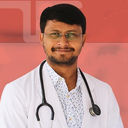
Dr. Ganeshgouda Majigoudra
Neurologist
10 Years • MBBS, MD ( GENERAL MEDICINE) DM (NEUROLOGY)
Bengaluru
Apollo Clinic, JP nagar, Bengaluru

Dr. E Prabhakar Sastry
General Physician/ Internal Medicine Specialist
40 Years • MD(Internal Medicine)
Manikonda Jagir
Apollo Clinic, Manikonda, Manikonda Jagir
(150+ Patients)
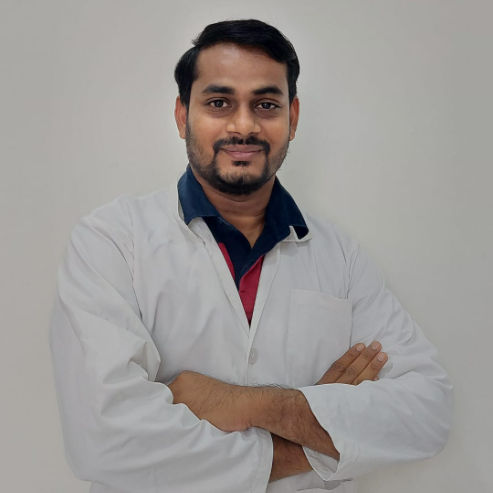
Dr Rajashekar Mummadi
Neurologist
3 Years • MBBS, DNB General Medicine, DRNB Neurology
Hyderabad
Dr Ram's Neuro Clinic, Hyderabad
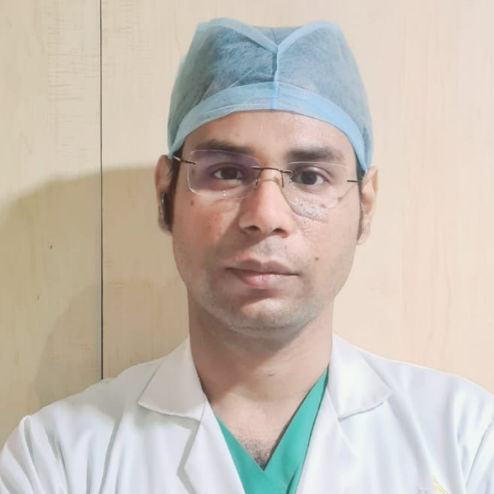
Dr Debnath Dwaipayan
Neurosurgeon
9 Years • MBBS, MS(Gen. Surgery), DrNB (Neurosurgery)
Delhi
Apollo Hospitals Indraprastha, Delhi
